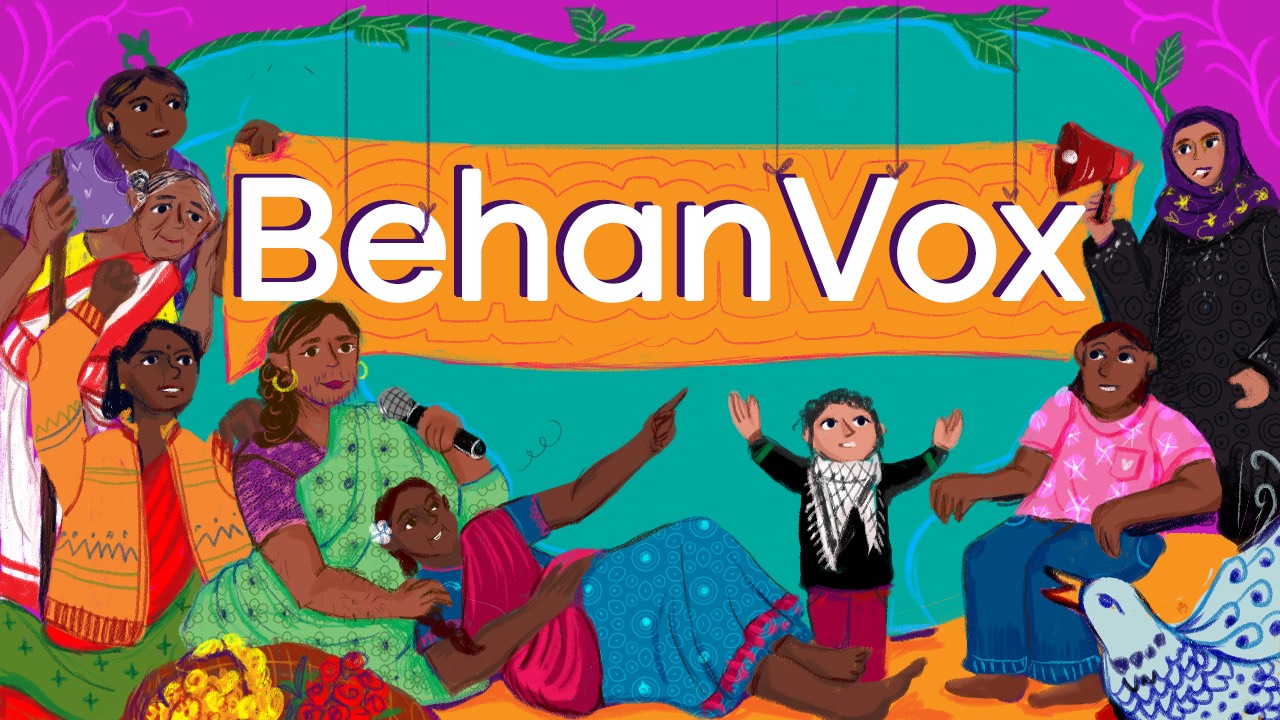Last June was the hottest Delhi experienced in 74 years with nine days logging a heatwave. For the homeless or those who live in poorly ventilated structures built with heat trapping material like tin and tarpaulin it was a brutal month. Anuj Behal had reported for BehanBox on the loss of sleep and rest for the city’s women who live in precarious conditions.
“When would one sleep? During the day it’s so hot and then there is hot air blown in by passing vehicles,” she says. “As for the nights, I have to stay awake. As a woman on the street with a small daughter, how can I afford carefree sleep? Any passerby can harm us. Where can we go to get some sleep?”
The despair and exhaustion in Abida’s voice was heartbreaking. The 25-year-old single mother had been living under an arterial flyover for three years since her husband abandoned her. The report spoke of a range of health issues the women face – diarrhoea, skin rashes and irritation, restlessness, difficulty in breathing, nausea, dizziness, vomiting, and dehydration. A 2023 study by Housing and Land Rights Network on the impact of extreme heat on the homeless population, 45.1% of individuals reported a deterioration in their existing health conditions due to heat.
The same month we looked at the experience of Tamil Nadu’s garment workers and how they were dealing with record heat. The indifference of supplier companies and fashion brands to the plight of the workers means that workers are often labouring over long hours to meet tight delivery schedules in uncomfortable safety gear with poor access to water, sanitation and health facilities, we found in conversations with workers and labour rights activists.
“Many factories do not have working fans or coolers to combat the heat and there is no proper ventilation. The temperature inside garment factories is a few degrees higher because many use tin sheets for roofing. During summer, bathrooms often do not have water in the flush or tap, creating an unhygienic environment,” said union leader Thivya Rakini.
This year, we will be bringing to you a series on the rising temperatures brought on by the climate crisis and what it is doing to the working class, the poor and marginalised. We kick off this week with an exhaustive report by Saumya Kalia on why the much-touted heat action plans drafted by the authorities in India’s cities and states are neglecting to factor in the distinct issues of the vulnerable – the poor and marginalised social groups whose living and work conditions expose them to the relentless, gruelling heat.
“Dalit and Adivasi communities cannot afford to stop working during a heatwave, and we are the ones dying in this heat. But what does a heat action plan offer to a Dalit woman working at a construction site with her child strapped to her back in 45-degree heat?” asks Anju Singh, founder of the Global Campaign for Dalit Women. “These plans are not made for Dalit or Adivasi communities. They never reached us or benefitted our communities in a meaningful way.”
Caste-based discrimination, caregiving responsibilities, and the nature of their work in informal and low-paid occupations – such as domestic work or waste picking – has exposed lakhs of workers to intense heat at work and at home. Their ability to respond and cope with the heat, through rest breaks or water or green cover, is also compromised by power dynamics and the lack of government support.
What kind of heat hazards do domestic workers face? In what ways are sanitation workers vulnerable? How about the street vendors in crowded markets where surface temperatures sometimes hit 60 degree Celsius? The top down approach in heat planning will not have answers to these questions, Saumya concludes
In the coming weeks we will bring you stories on heat and income loss and the impact of climate distress on nomadic tribal communities.
Read our story here.





